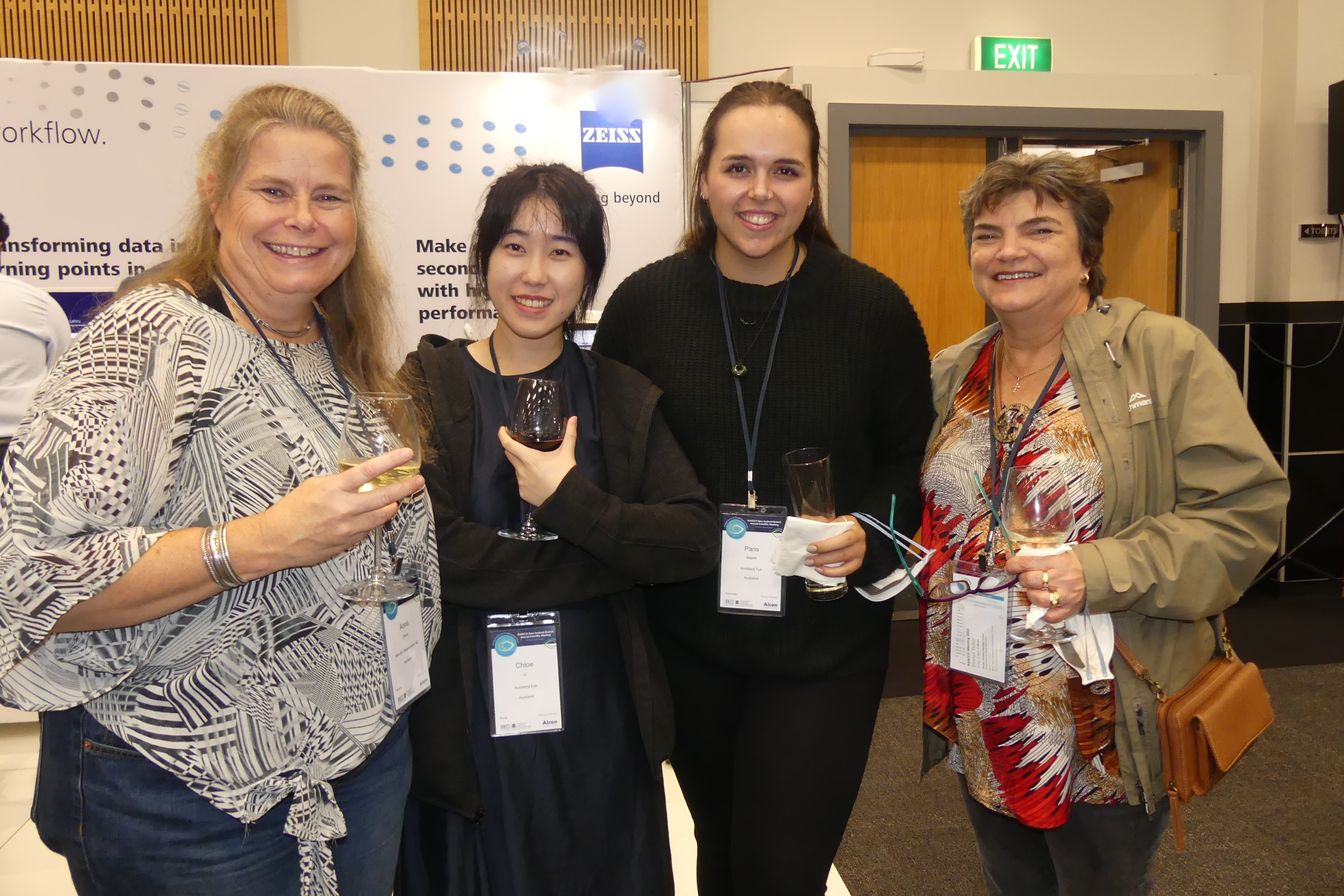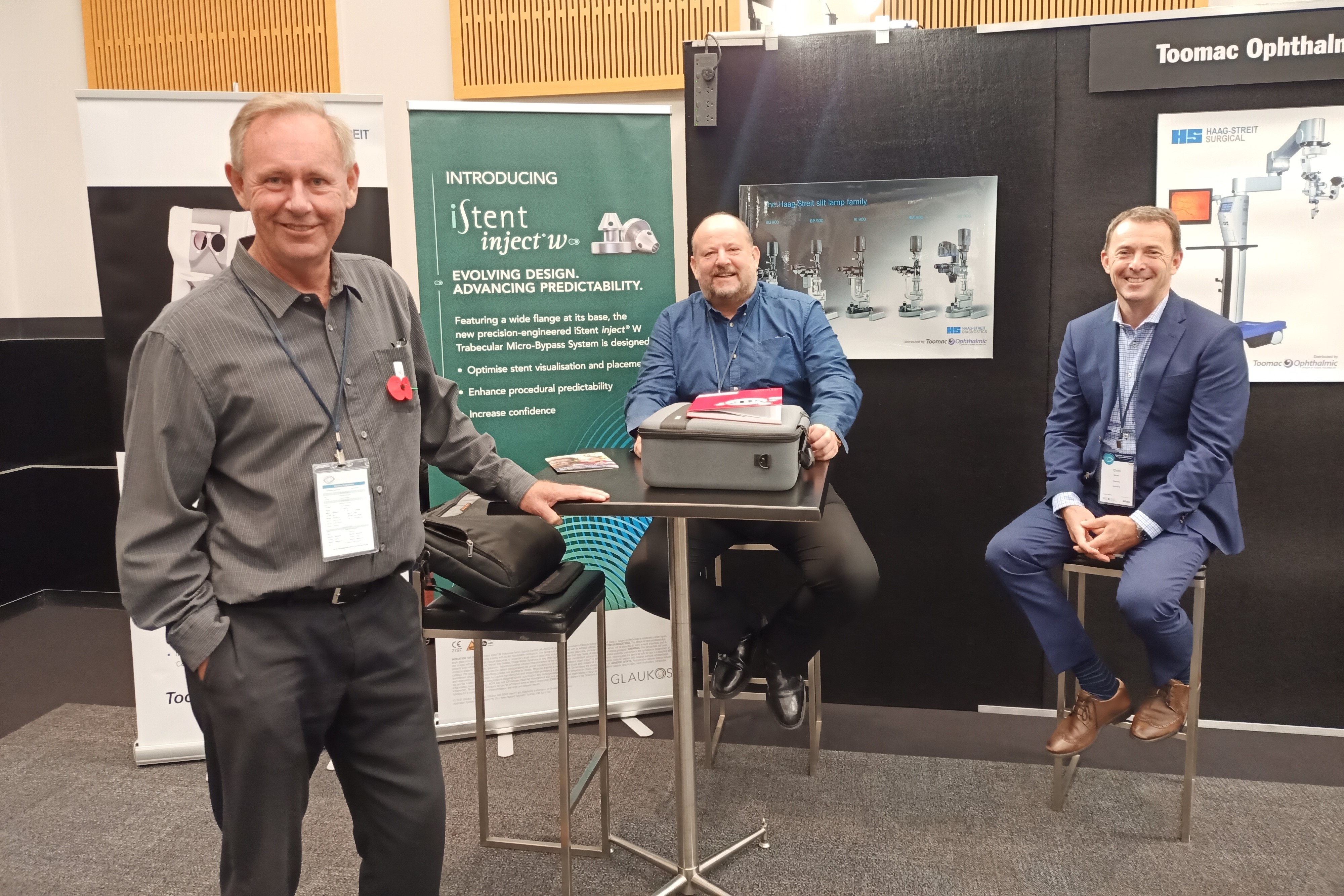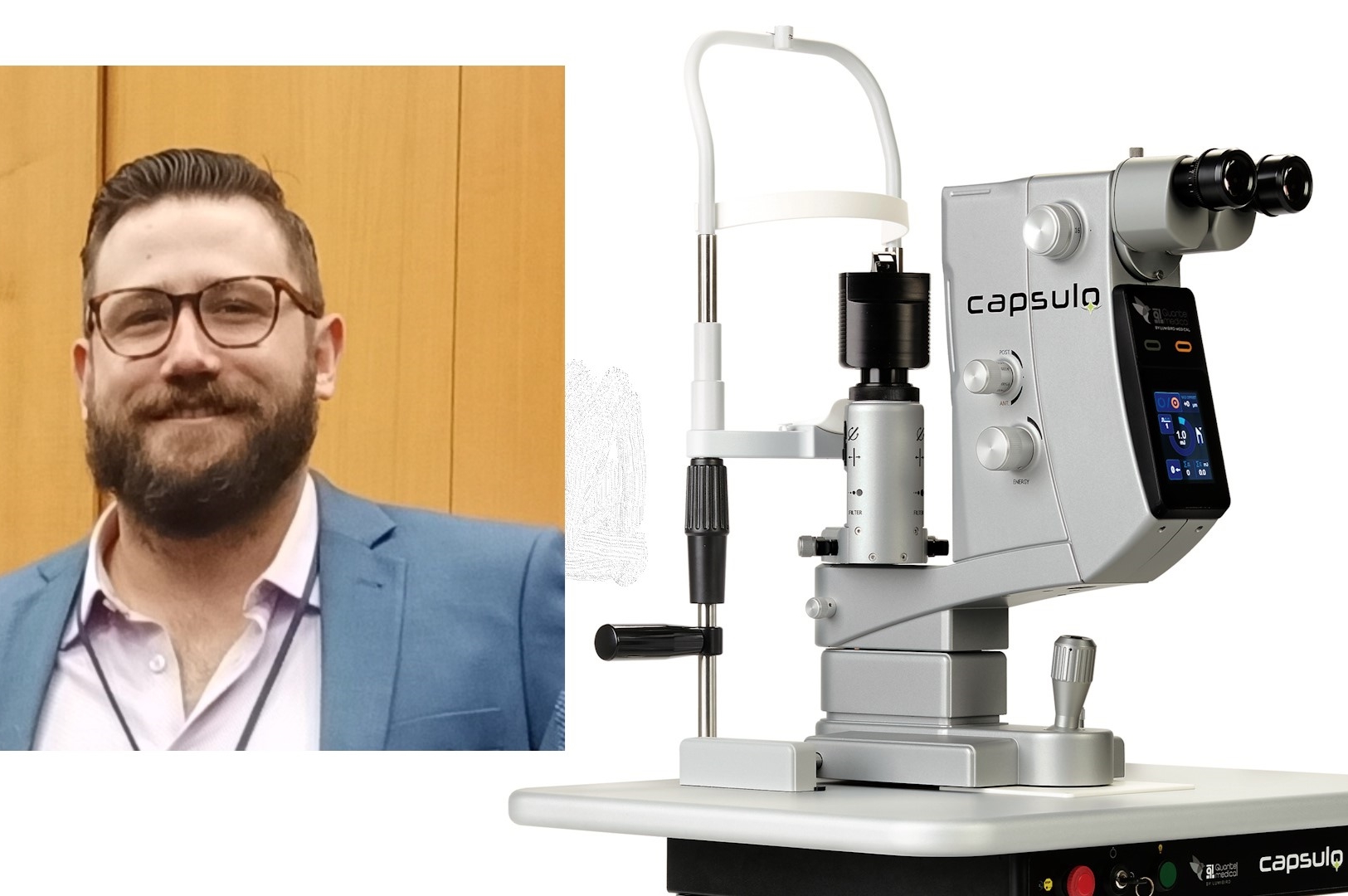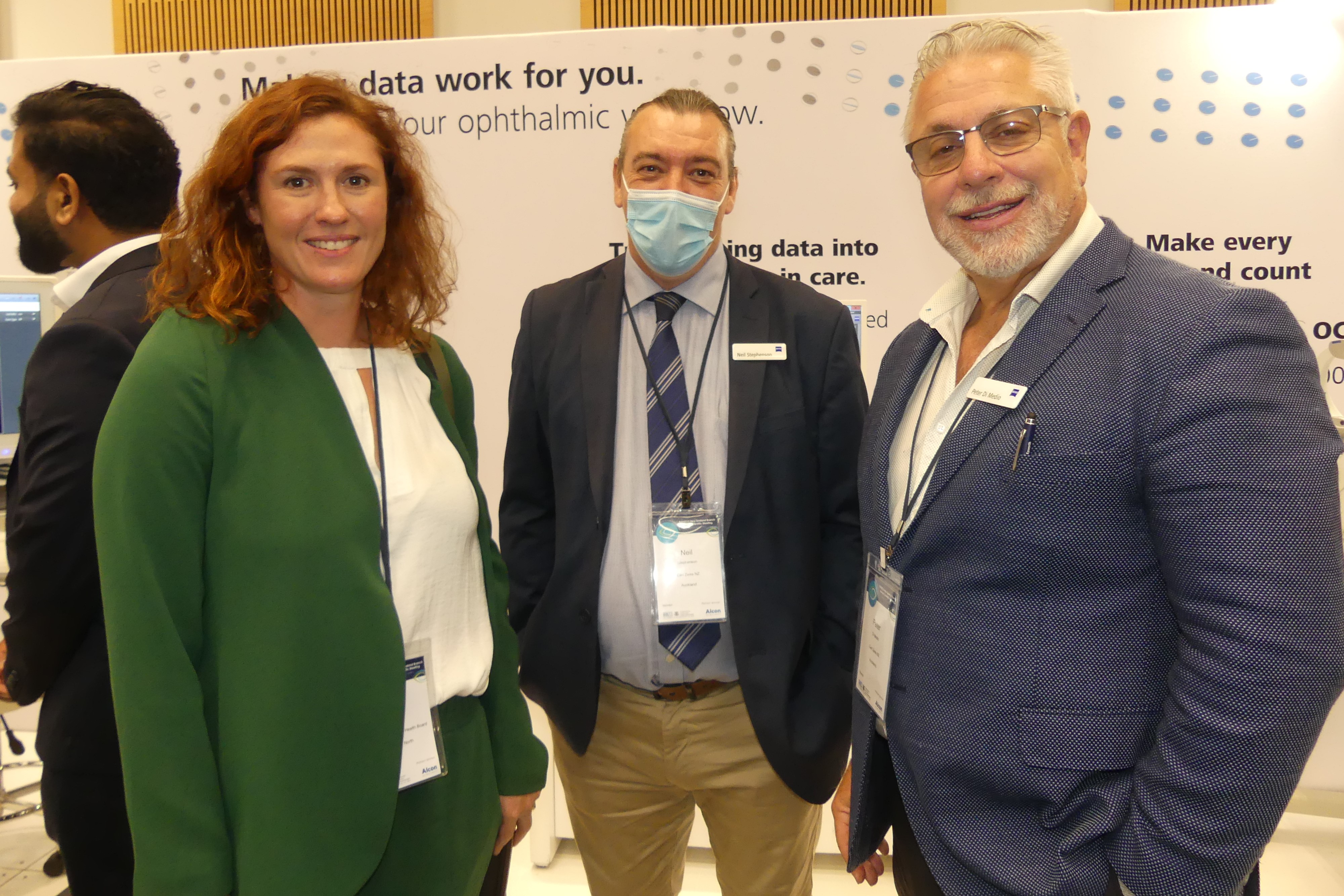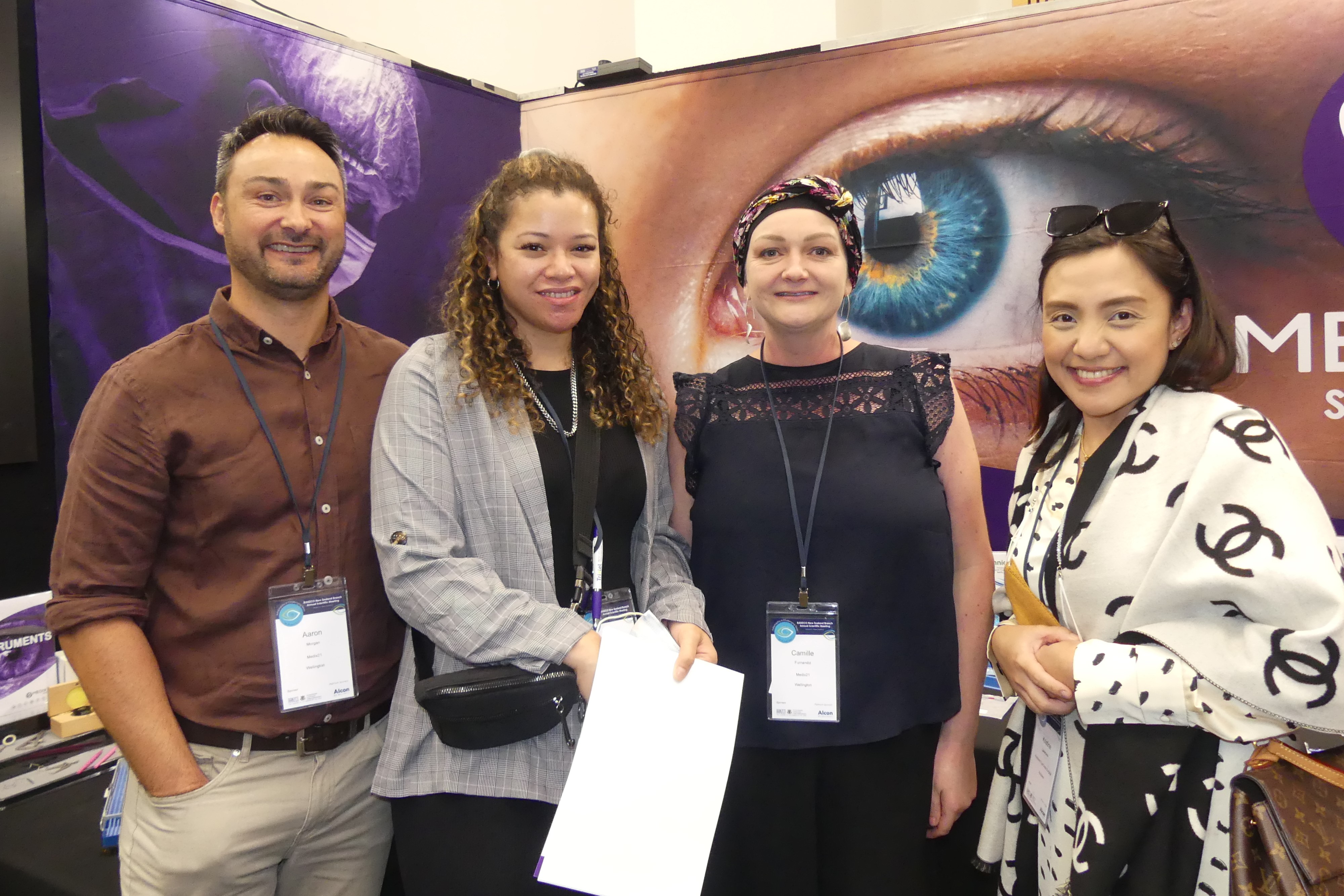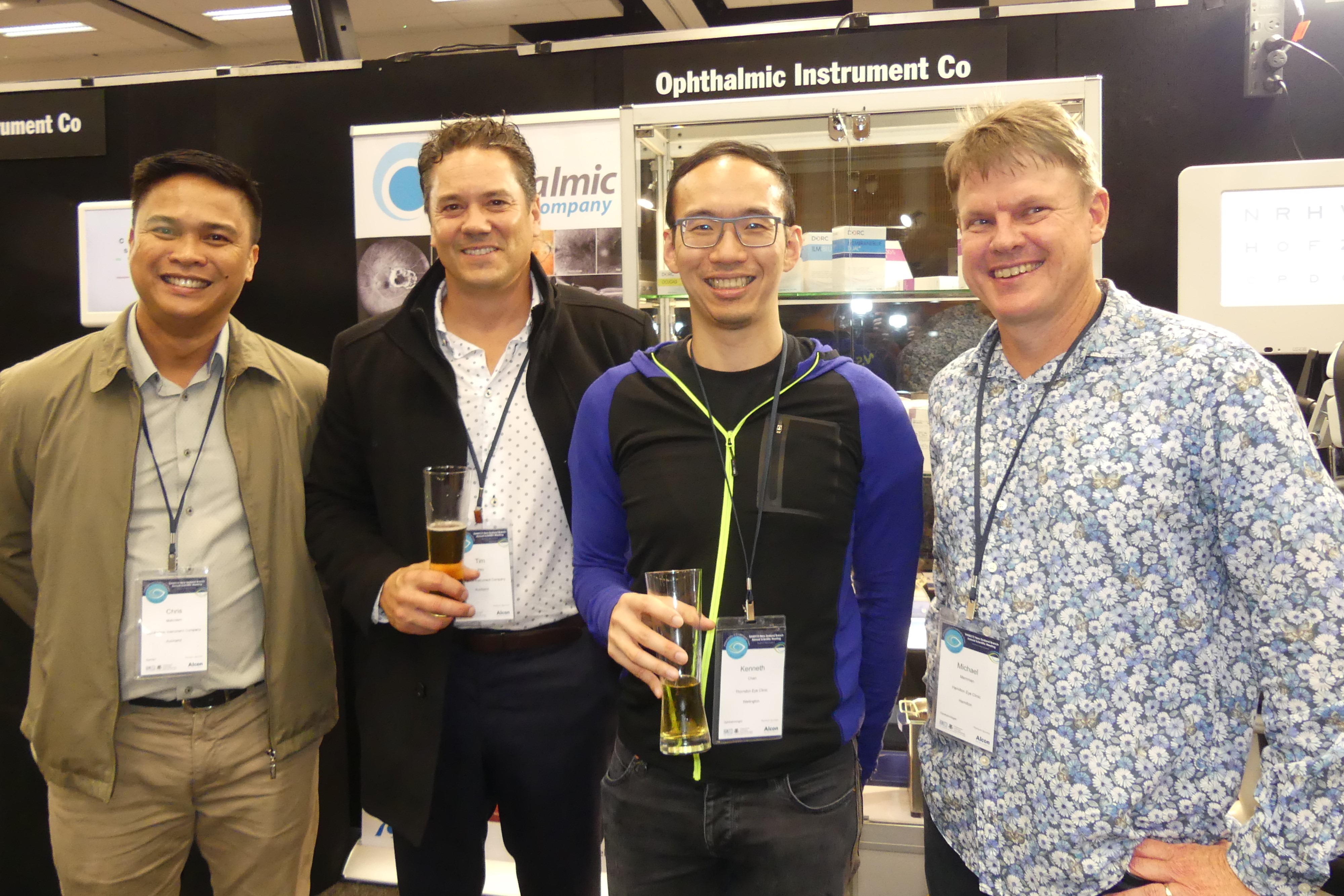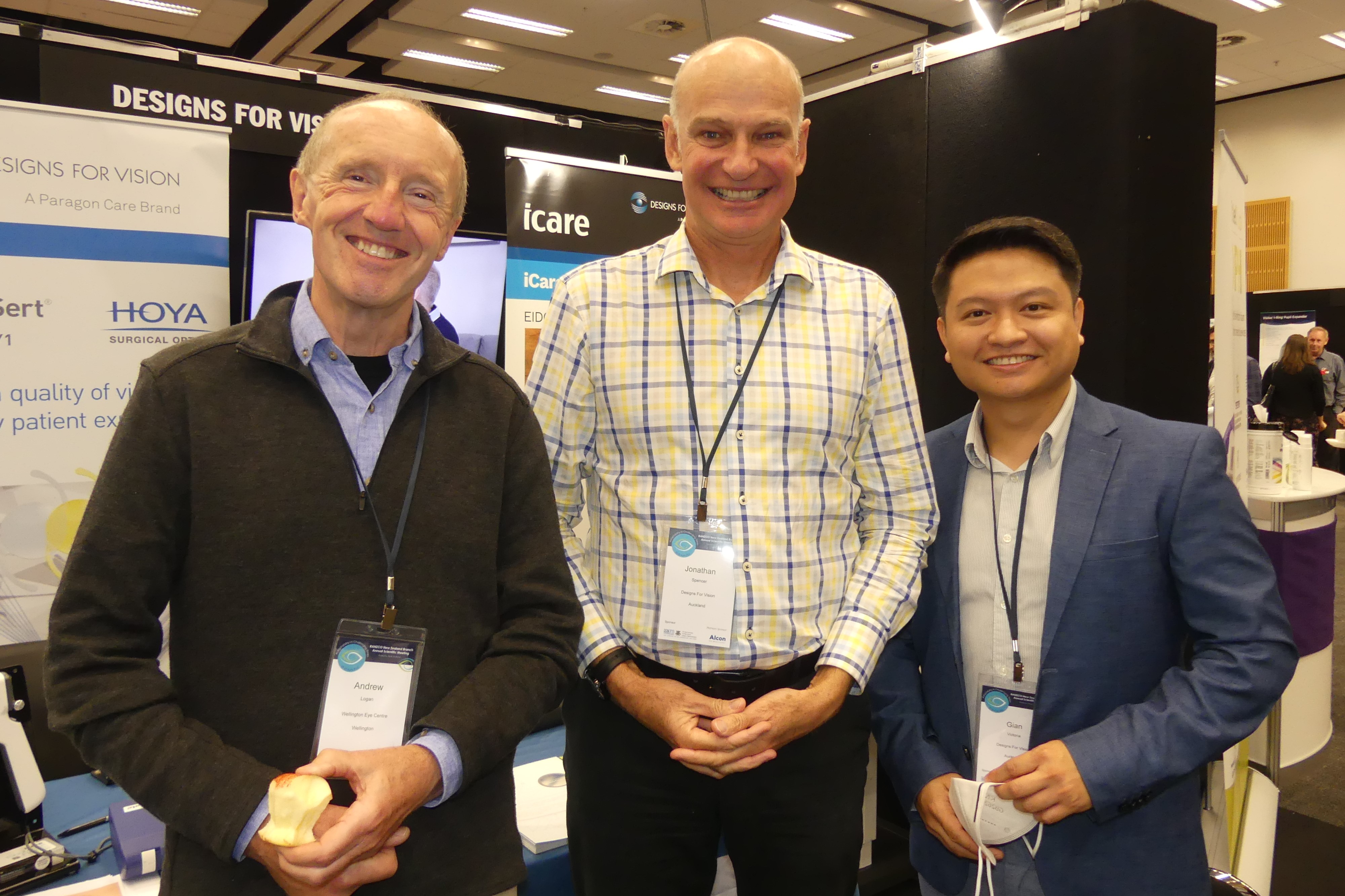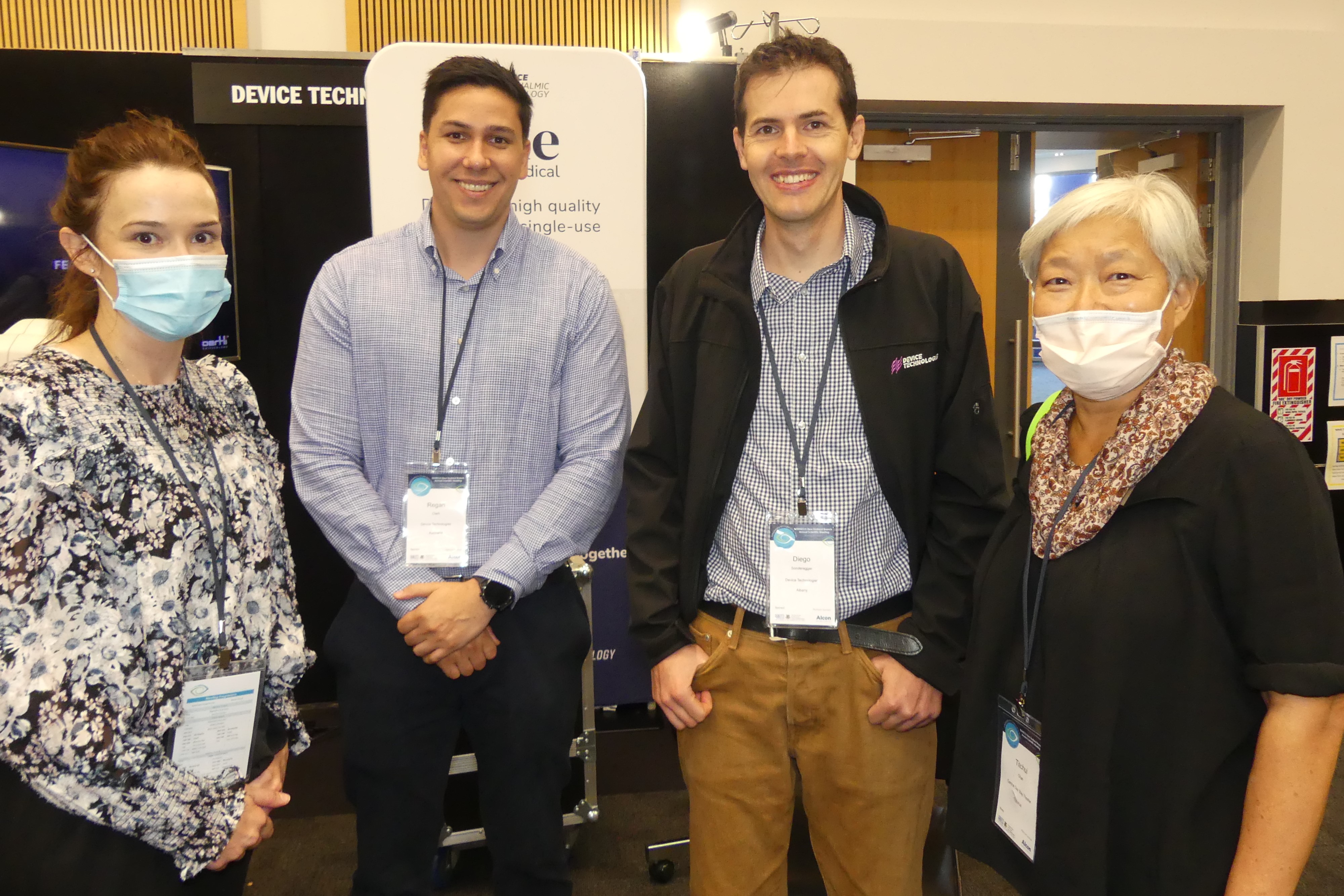Ophthalmic nurses – adept at adaptation
Adaptability in challenging times was the theme of the 2022 RANZCO New Zealand branch meeting in Blenheim. As with the main sessions, shared with the ophthalmologists, the ophthalmic nurses and allied health component of the conference reflected a health sector rapidly adapting to the pandemic’s ongoing impact and other pressures. This focus on continuous adaptation to deliver care effectively coincides nicely with our emergence into a ’new normal’ and the uncharted waters of Health NZ and the new challenges and opportunities it will bring.
Over the two days, each presentation built on the one before, highlighting the need for ophthalmology and optometry to move beyond their traditional models of care to meet the needs of the upcoming bump of retirees and to achieve equitable outcomes. This year’s programme was a true credit to all involved, while the now-ubiquitous Zoom link enabled remote attendance. With clinics to be staffed and those unwell with Covid or other ills remaining in isolation, this was a welcome option for many.
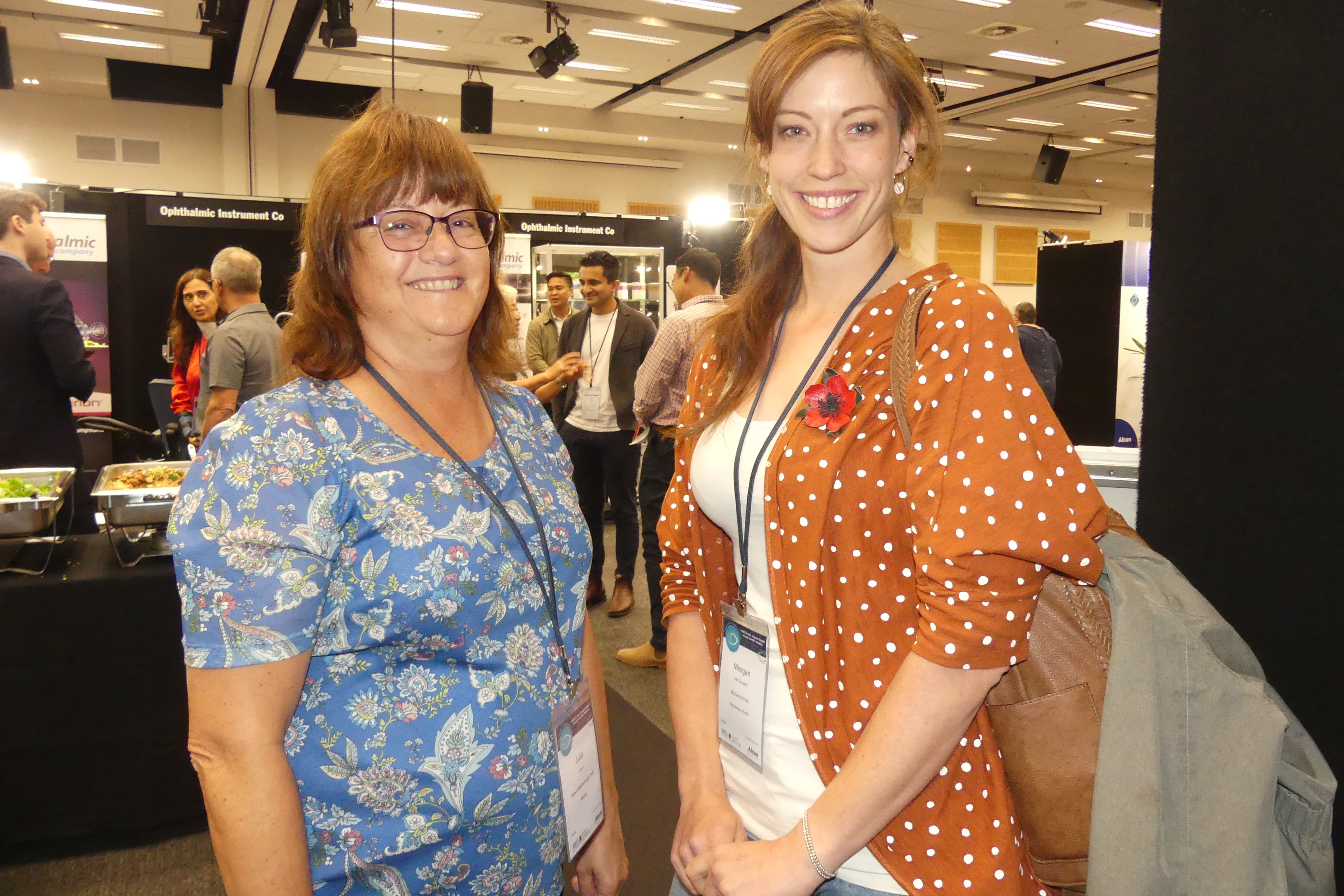
Julie Lawn and Meagan Van Dorland
One presentation in the nurses’ sessions stood out as being of great significance to the profession. Without Powerpoint or other aids, a relative newcomer to ophthalmology, Greenlane Clinical Centre RN Claire McPhail discussed how the University of Auckland’s ‘Nursing Practice 716’ transformed the move she made to ophthalmology “for the hours” into a deeply rewarding one. McPhail described how NP716 (designed to equip nurses for the care and treatment of ophthalmology patients) provided the knowledge to allow her to manage ophthalmic outpatient care with a high level of efficiency and clinical acumen – no mean feat for anyone new to the field. With the biannual paper running this year (with a mid-year intake) and an optical coherence tomography (OCT) interpretation paper reportedly planned for alternate years, it seems nursing education is starting to come of age in New Zealand. To anyone yet to complete these papers, I recommend enrolling.

Jill Burrows, Cristine Retay and Daniel Freeman
A Slight for sore eyes
Also of import were the multiple presentations by ophthalmology nurse practitioners (NPs), with Auckland’s Carol Slight being roundly applauded at the end of her video-link presentation, signalling her welcome return after battling cancer. A significant figure in ophthalmology in New Zealand, Slight discussed the clinical challenges of the past few years, which have enabled transformation of models of care, making the crisis an opportunity to improve.
Also from Auckland, NP Kathryn Millichamp provided up-to-date sessions on a range of topics, plus an overview of the challenges of implementing clinics. From Moorfields in London, NP Nicola Dunlop battled IT gremlins to present several times over the two days. Dunlop has established numerous nurse-led services at Moorfields, significantly increasing the hospital’s clinical capacity. Reading between the lines, it seems the conference organisers are suggesting ophthalmic nursing should be similarly supported to optimise what they do here. It was a privilege to have Dunlop included in the programme.
Northland and Westport NP Fiona Bamforth presented in person, with an update on research into the use of stem cells in glaucoma treatment. Presentations were also made by clinical nurse specialists, as well as allied health professionals, and were full of clinical gems certain to stimulate discussion – who knew the greyscale view of OCT scans provides a potentially more accurate view than the false-colour view, or the implications of Pharmac calculating eyedrop dosing at 12 drops per ml?

Fiona Bamforth, Camille Waud, Dr Derek Sherwood and Dr Ainsley Morris
Australian Ophthalmic Nurses' Association (AONA) secretary Heather Machin detailed the challenges faced by nurses in Australia, including concerns about their diminishing roles. Clearly, if effective care is to be provided to an increasingly ageing population, the situation Machin described in Australia is quite the opposite of that being advocated by New Zealand’s RANZCO branch, which is worrying.
Other sessions covered a range of recent studies, one of which matched deprivation scores with clinical outcomes, with the empirical data pleasingly positive for regions such my own, the West Coast, despite this area performing less positively with many other specialties’ outcomes.
Eye hopes and expectations
Analysis of demographic data highlighted the growing shortage of ophthalmic professionals across the board – a worry, given it coincides with the large post-war demographic developing age-related conditions. Another study demonstrated that this group also has expectations of care outcomes far exceeding those of pre-war generations (such post-phaco/intraocular lens (IOL) visual acuity), which only adds to eyecare’s challenges.
Reflecting the conference’s overall adaptation theme, a Hamilton-based sustainability study reviewed resource use during cataract surgery, finding that eliminating needless clinical waste from procedures provided cost savings of at least 30%, enabling the clinical team to offer higher-spec IOL sets. Such adaptations may enable us to exceed, rather than be forced to manage, patients’ expectations, while improving financial performance.
There were too many good sessions to include here, but particularly deserving of mention in the shared sessions were those of Dr Rachael Niederer and Professors Helen Danesh-Meyer and Charles McGhee. Dr Niederer presented data of the heightened risk of cerebrovascular accident/transient ischaemic attack (CVA/TIA) and myocardial infarction (MI) post-herpes zoster ophthalmicus (HZO), providing a prompt for us all to ensure that appropriate risk stratifications and follow up occurs following care for these patients; Prof Danesh-Meyer shared an interesting analysis of the gender bias that still exists in ophthalmology in her medal lecture; while the conference’s scientific director and head of ophthalmology at Auckland University Prof McGhee discussed cataract risk stratification and entertainingly introduced several speakers.
Time was also set aside for networking, visiting local reps showcasing the latest ophthalmic equipment and to catch our breath between the intensive sessions. The traditional posters were digitally presented this year, but some attendees found the format difficult to hear and follow, with several suggesting it would have been preferable to have them presented the old-fashioned way in the exhibitors’ hall. Perhaps paper isn’t ready for retirement just yet!
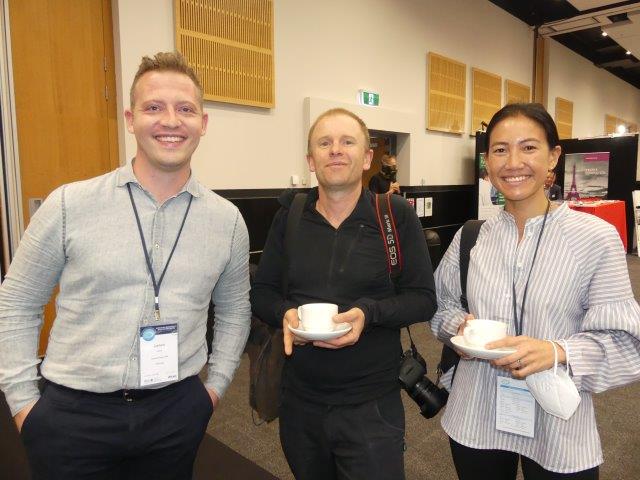
Dr James Lewis, Luke Wigram and Nicole Lim
Given the length of time since we’ve been able to meet in such large numbers, there was a real energy about this year’s conference and this carried over to the dinner, which was held at the fascinating Omaka Aviation Heritage Centre. In between the planes, there was much conversation, while ophthalmologist and veteran plane pilot Dr Mike O’Rourke had the room riveted with his post-dinner speech.
All too soon, however, midnight approached and the last buses were rumbling home through the vines. No doubt Wellington, due to host next year’s New Zealand branch meeting, will be working hard to match the standard Blenheim carried forward from Christchurch. I hope to see many familiar faces there and hear how we’re transforming care for the better.
Luke Wigram works as a locum clinical nurse specialist at Wairau Hospital in Blenheim and as an emergency department nurse at Te Nikau Greymouth Hospital.







